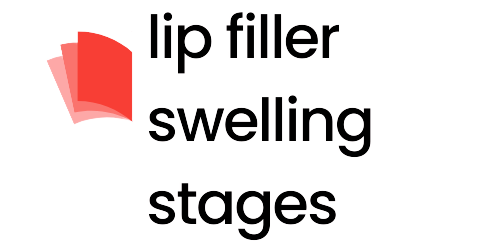Contents
You may be wondering how much swelling is normal after lip fillers. The truth is that this is a normal side effect of lip fillers, and it will likely last for a few days to a week. However, your swelling will subside gradually after the first few days. In most cases, you should expect to see improvement in about three days. Choosing a reputable clinic is critical for a positive experience.
Natural remedies
After receiving lip fillers, you may experience some swelling and bruising. The swelling will subside in about 24 hours. However, you may experience some slight bruising or bleeding. You should keep the area clean and avoid strenuous activity. You can also apply ice to the swollen area. After the procedure, it is recommended to avoid spicy and hot foods to reduce pain and swelling. Your lips may also itch or bleed slightly.
It is recommended that you avoid applying any makeup for 24 hours following lip filler therapy. Applying makeup right after the procedure increases your risk of having a negative reaction, which will make your swelling worse. Try to avoid wearing makeup and apply a gentle, non-drying moisturizer to the area. If you do have to wear makeup, you should apply a natural-looking foundation. If you have sensitive skin, try to wear makeup made with natural ingredients, like almond or coconut oil.

How Much Swelling is Normal After Lip Fillers?
Avoiding strenuous exercise
To minimize swelling and bruising after a lip filler procedure, avoid vigorous exercise. Exercise can temporarily increase blood pressure and cause more swelling. The general rule is to avoid strenuous exercise for 24 hours after a procedure. However, it is acceptable to walk for an hour or two after your procedure. It is also advisable to avoid alcohol and smoking for 24 hours after your lip filler procedure.
To maximize the effects of lip filler therapy, you should avoid high-temperature environments for at least 24 hours. During this time, you should take quick showers to prevent further swelling. Also, avoid activities that involve vigorous chewing or breathing. Your main goal is to minimize agitation of the lips to allow the filler to integrate and settle. Moreover, people who engage in strenuous activities may have a higher metabolic rate, which may accelerate the natural decomposition of fillers. Therefore, they may notice their results a few days after their treatment.
Eating healthy
There’s no need to worry if you’re wondering “How much swelling is normal after lip fillers when I eat healthy?” It’s actually perfectly normal to experience some inflammation following the procedure. Swelling may appear right away, or it can take several days to subside completely. The swelling, however, will continue to decrease after a week or two. You can expect bruising and lumps on your lips during this time, but they will subside in time.
A few things to avoid immediately after your procedure: excessive heat and hot beverages can increase swelling. Staying hydrated is important not only for your overall health but also for your cosmetic treatment. Drinking plenty of water will speed up the healing process. Additionally, you should eat plenty of fruits and vegetables and avoid foods high in sodium. In addition, do not drink alcohol within 24 hours of your treatment to minimize the risk of bruising.

How Much Swelling is Normal After Lip Fillers?
Avoiding second-hand smoke
To reduce your chances of getting secondhand smoke after lip fillers, avoid smoking for at least a few days. Smoking causes many adverse health effects, and second-hand smoke is particularly dangerous for people who have had lip fillers. In addition to causing inflammation, second-hand smoke contains more than 4,000 chemicals, many of which are known to cause cancer. Other harmful chemicals include carbon monoxide, a poisonous gas. Some researchers believe that secondhand smoke can damage the heart and blood vessels.
Exposure to second-hand smoke can affect people of all ages. Smoking is highly toxic to children, and they have an increased risk of developing respiratory diseases, such as pneumonia. It can also lead to middle ear infections. Children who spend prolonged periods of time in a smoking environment are more susceptible to developing respiratory illnesses and requiring prescription medications. It is even possible to develop chronic bronchitis from second-hand smoke, which may cause permanent scarring of the lungs.







